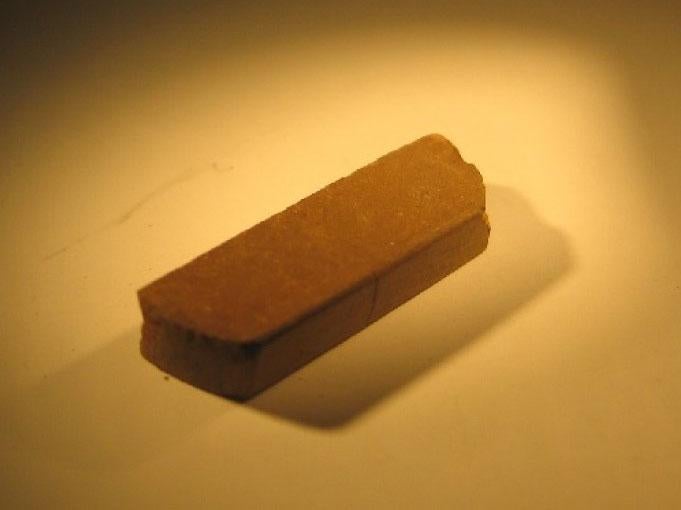The Independent's journalism is supported by our readers. When you purchase through links on our site, we may earn commission.
‘Incredibly brave’ Mars colonists could live in red-brick houses, say engineers
Donald Trump has told Nasa he wants astronauts to go to Mars by the end of his term of office, although that may have been a joke

The “incredibly brave” people who make the first journey to Mar will need somewhere to live.
And an engineer has discovered a way to make bricks from the planet’s red soil without a kiln or any other ingredients.
Instead, the bricks could be made be simply pounding the soil with a hammer, according to tests carried out in California.
In March, Donald Trump signed an order directing Nasa to send astronauts to Mars in 2033, confirming plans drawn up under Barack Obama in 2010. However Mr Trump then decided he wanted the mission to take place before the end of his four-year term of office, although it was unclear if he was joking.
Nasa has already begun work on how to overcome the considerable obstacles to making the perilous journey.
Yu Qiao, a professor of structural engineering at University of California San Diego, said: “The people who will go to Mars will be incredibly brave. They will be pioneers.
“And I would be honoured to be their brick maker.”
Funded by Nasa, Professor Qiao and a team of engineers were tasked with coming up with a way to make buildings on Mars.
Their research led to a way to make buildings with only minimal resources – a key issue given the limit to the amount of materials and equipment the colonists will be able to take.
One previous suggestion was to build a nuclear-powered brick kiln.
Writing in the journal Scientific Reports, the engineers described how they discovered a simulated version of Martian soil could be turned into a useable brick.

Their technique involves encasing the soil in a rubber tube, then exerting pressure equivalent to someone dropping a 5kg hammer from about a metre.
It is believed iron oxide in the soil – which gives Mars its red colour – acts as a binding agent.
The resulting bricks, which are only about 2.5cm high, were found to be stronger than steel-reinforced concrete.
It is thought the colonist could lay down a layer of soil, compact it, then add another layer.
The engineers may also look into increasing the size of the bricks.
Before sending astronauts to Mars, Nasa plans to send a team to an asteroid with an extraordinary mission expected to take place by 2025.
“Nasa will send a robotic mission to capture and redirect an asteroid to orbit the moon,” its website says.
“Astronauts aboard the Orion spacecraft will explore the asteroid in the 2020s, returning to Earth with samples.
“This experience in human spaceflight beyond low-Earth orbit will help Nasa test new systems and capabilities, such as solar electric propulsion, which we’ll need to send cargo as part of human missions to Mars.
“Beginning in 2018, Nasa’s powerful Space Launch System (SLS) rocket will enable these ‘proving ground’ missions to test new capabilities.
“Human missions to Mars will rely on Orion and an evolved version of SLS that will be the most powerful launch vehicle ever flown.”
The idea is to send people to Mars and then bring them back to Earth.
“Engineers and scientists around the country are working hard to develop the technologies astronauts will use to one day live and work on Mars, and safely return home from the next giant leap for humanity,” Nasa said.
Join our commenting forum
Join thought-provoking conversations, follow other Independent readers and see their replies
Comments
Bookmark popover
Removed from bookmarks